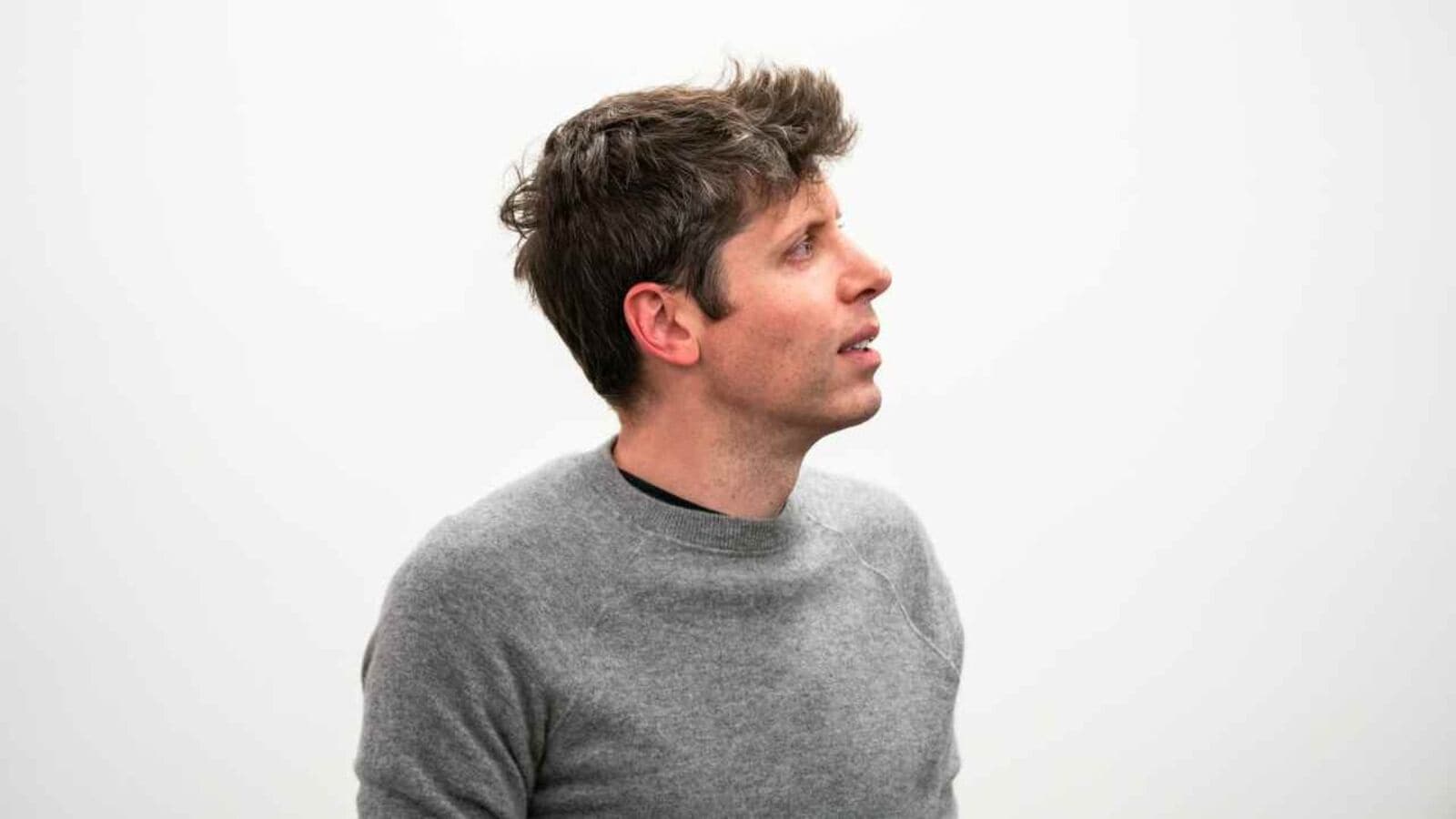There are frothy (and reminiscent) indicators like suppliers funding their customers, and concentrated investment in a single asset class, AI data centers, all backed by the insatiable demand for AI computing. In the middle of everything is start-up OpenAI, the maker of ChatGPT, which lit the prairie fire in 2022. It may represent a single point of failure for the AI trade.
AI demand is fierce, but it’s being driven by future expectations of return on investment. Meta Platforms, Amazon.com, Alphabet, and Microsoft are spending a projected $335 billion on capital expenditures this year. Since 2024, AI start-ups have raised $259 billion, according to Crunchbase.
Leading the charge is OpenAI, which booked a record $40 billion funding round this year, a number dwarfed by spending commitments OpenAI has made for the future.
Last year, with ChatGPT growing rapidly, OpenAI CEO Sam Altman began pitching an audacious trillion-dollar investment plan to build new AI data centers around the world—part of his plan to scale ChatGPT to the size of Google Search.
Fast forward, and OpenAI now has deals to build 16 gigawatts of data centers. Based on Wall Street estimates, they are likely to cost about $750 billion.
OpenAI has also committed to buying $300 billion worth of cloud computing services from Oracle over the next five years. Altogether, OpenAI is now on the hook for roughly $1 trillion of spending.
OpenAI may very well be the hottest start-up of all time—and there is a long line of investors looking to back them—but a trillion dollars is, to put it succinctly, nuts. It’s roughly 3.4% of 2024 U.S. gross domestic product and about a quarter of all nonresidential private investment.
All this from a start-up that still has large and growing losses. I’m a big believer in AI, but I still believe in math. And the numbers don’t add up.
So how will OpenAI and its partners fund the $1 trillion in spending that has driven the AI trade—and the bull market rally—over the last year? And why isn’t the stock market more worried?
It helps that OpenAI has major backers. Some $100 billion of the spending will come from Nvidia. It’s backing a slice of the data centers in exchange for equity in OpenAI, a modern take on the dot-com era’s circular financing deals. Other funds will come from well-heeled partners such as Oracle and SoftBank.
But that leaves at least $800 billion in spending that will have to come from somewhere. Cash flows, equity, debt? At this scale, any of the three would be unprecedented in the long history of corporate finance:
Cash flows: Even if OpenAI becomes the next Apple, it would struggle to fund $800 billion in spending. That’s a decade worth of Apple free cash flow.
Equity: Over the last 45 years, tech initial public offerings have raised a total of $600 billion inflation-adjusted dollars, according to data from Jay Ritter, the University of Florida management professor who maintains a comprehensive database of IPO history. During the heady dot-com era, from 1995 to 2000, total tech IPO proceeds came to $209 billion. In other words, the best-known financial bubble of recent times raised just a fifth of the money OpenAI needs to fund its ambitious rollout. To be sure, private financing overshadows IPOs these days. But even there, $800 billion represents nearly the last four years of total U.S. private fund-raising, according to Crunchbase.
Debt: There’s always the debt market, right? Here too, history offers reason for doubt. Verizon Communications, one of the world’s most indebted companies, has net debt of $164 billion, but it is backed by $265 billion in tangible assets and wireless licenses. OpenAI would need to borrow a lot more than Verizon, and it has no similar assets to offer as collateral.
There’s another obstacle OpenAI will face in meeting its ambitious goals, and it might be the one thing more scarce than money: power.
OpenAI has committed to building 16 gigawatts of data centers through its deals with Nvidia and Advanced Micro Devices. The last two nuclear reactors built in the U.S., Georgia’s Vogtle 3 and Vogtle 4, each generate 1.1 gigawatts. The reactors were originally budgeted at $14 billion over eight years. The final tally exceeded $30 billion, and they took 15 years to build. It would require 15 of these reactors to power OpenAI’s ambitions.
There is a lot of talk about “small modular reactors” from companies such as NuScale Power, but to date none have been built, and there are currently no plans to build one in the near future. AI data centers will still have to rely on gas turbine generators, which can be ramped quickly, but they are inefficient compared with renewables or combined-cycle gas plants, and they raise environmental concerns and local resistance.
Should OpenAI fail to find the money to back Sam Altman’s ambitions, there could be a cascading effect that undermines the foundation of the bull market. Nowhere is this more clear than with OpenAI’s cloud deal with Oracle. Oracle stock shot up 36% after the announcement, for a one-day market value gain of $248 billion. If OpenAI can’t raise the money to pay Oracle, the stock would plunge.
That’s just one example of the substantial counterparty risk surrounding OpenAI, which stretches from the most valuable company in the world to cloud providers to land developers to power companies to gas-turbine manufacturers.
I can’t tell you whether this is a bubble yet, but I can say this: Never before has one private company been so central to the stock market’s success.
#Bubble #spending #binge #unprecedented



